Unbound, a new brand launched in May 2021 by the team at NutraBio, has been making waves in the industry weeks before their arrival. Led by NutraBio's founder and CEO Mark Glazier, Unbound originally built up excitement with a creative marketing campaign — complete with wrenches and literal drums full of supplements. With talented, experienced formulators at the helm, Unbound has successfully developed multiple innovative and effective products for those looking to #BeUnequaled.
The original six products at launch each serve a distinct purpose and address different sectors of the industry. Those looking for a high-energy, euphoric training session can opt for UNLOAD, a stim-packed pre-workout formula. Those on a weight-loss journey can look to UNLOCK — a comprehensive, potent fat burner.
But what about those interested in getting an intense, skin-splitting pump in the gym? Unbound has something for them, too.
Introducing UNBENT: Going beyond nitric oxide pumps
UNBENT is the brand's strong, multifaceted pump formula that delivers the type of muscle pumps that any pump-chaser would surely appreciate. This non-stimulant pre-workout induces pumps through a few different means, creating an all-around swell that takes your training to another level and leaves you with that obscene, slightly immobilizing muscle pump we sometimes crave.
Read on for a breakdown of everything UNBENT has to offer and the clinical data supporting its ingredients. Before we get to that, make sure you're subscribed to PricePlow news and deal alerts so we can help you get your hands on the standard-setting products Unbound has to offer. Also, check us out on social media — Instagram, YouTube, and Facebook — for our coverage of industry news, interviews, and product reviews.
Unbound Unbent – Deals and Price Drop Alerts
Get Price Alerts
No spam, no scams.
Disclosure: PricePlow relies on pricing from stores with which we have a business relationship. We work hard to keep pricing current, but you may find a better offer.
Posts are sponsored in part by the retailers and/or brands listed on this page.
This area is reserved for Team PricePlow's upcoming Ingredients video.
Subscribe to our channel and sign up for notifications so you catch it when it goes live!
UNBENT Ingredients
UNBENT supplies a few vitamins and minerals — not the main pump-inducing ingredients, but notable and appreciable, nonetheless:
- Vitamin C (a pharmaceutical grade form of ascorbic acid) at 250 milligrams, a more-than-full dose of this vital vitamin that regulates numerous bodily functions. Notably, vitamin C suppresses nitrate tolerance,[1] an action that plays here for reasons we'll get into soon.
- Vitamin B3 (as niacin), another profoundly important essential vitamin.
- Sodium (via Himalayan pink sea salt), which we'll cover soon!
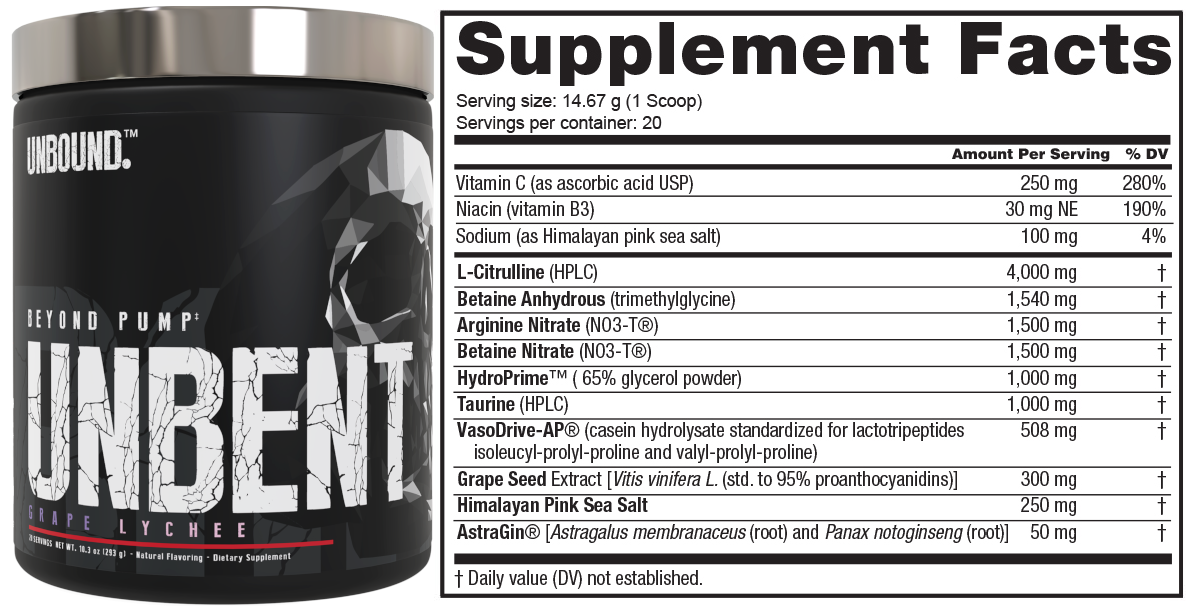
UNBENT brings relentlessly unequaled pumps to the platform. The question is, do you stack with UNLOAD or UNLOCK?
Unbound packs 10 active ingredients — four of which are trademarked — into its vein-splitting pump supplement. Here is what each 14.67 gram serving of UNBENT delivers:
-
L-Citrulline (HPLC) - 4,000mg
Unbound relies on one of the most tried-and-true pump-inducing ingredients to kick things off.
This is how it's done! A double dose of nitrate, HydroPrime glycerol, double the usual dose of VasoDrive-AP, betaine, and more!
L-citrulline is a non-essential amino acid commonly found in large melons and gourds (such as watermelon and pumpkin). The human body uses citrulline from the diet — as well as the citrulline it can manufacture endogenously — in two vital bodily processes: the urea cycle and the nitric oxide (NO) cycle.[2] The kidneys break down citrulline into L-arginine, which facilitates the functioning of these cycles through two different means.
Citrulline effectively intervenes in the urea cycle due to its conversion into, first arginine, and then L-ornithine.[2] Ornithine increases urea and lowers blood ammonia levels — an important note considering that these two products of amino acid metabolism are often associated with fatigue onset and diminished physical performance.[3,4] Citrulline works to keep these byproducts in check, delaying fatigue and sustaining athletic performance.
Boosts Nitric Oxide Production
As useful as this intervention is, citrulline is mainly used in pre-workout formulas (both stimulant and non-stimulant-based) for its ability to increase NO production.[5,6] Following its initial conversion into arginine, which stimulates NO synthase (NOS) activity, citrulline ultimately raises plasma NO levels.[6] NO is an extremely potent vasodilator, effectively increasing blood flow, oxygen transport, and nutrient delivery throughout the body.[7] This action works in synergy with citrulline's work in the urea cycle — not only does it help dispose of the substances that encourage fatigue, but it also delivers constituents that facilitate energy conversion.
Citrulline is one of a few ingredients in sports supplements that have been widely studied and scientifically affirmed numerous times over. Research has shown citrulline to be beneficial in increasing strength and power during exercise, reducing post-exercise soreness and fatigue, and lowering blood pressure.[5,6] In other words, citrulline has a profound effect in terms of training and exercise — it supports intra-workout energy levels, facilitates recovery, and, of course, helps increase blood flow.
Clinical data suggests that an effective citrulline dose lies between 3 to 6 grams, a range in which this 4-gram inclusion sits neatly inside. Furthermore, it's important to note that Unbound is opting for a high-performance liquid chromatography (HPLC) verified, pure form of citrulline — of the NO-boosting supplement ingredients, pure L-citrulline is perhaps the most efficient, showing to be more effective at raising arginine levels than arginine itself![7]
-
Betaine Anhydrous (Trimethylglycine) - 1,540mg
Also known as trimethylglycine, we often see betaine used as an ergogenic aid capable of improving training performance. While that is surely an added benefit of its inclusion here, Unbound is primarily leveraging its pump-inducing capabilities.
From the MEN's study: The arms don't lie! Here's one place where placebo doesn't rule: arm size! Betaine built bigger arms... in trained subjects![8]
This may seem like an odd dose to choose, given that 2.5 grams is the clinically-studied amount for muscle gains, but don't worry yet. There's a second betaine-based ingredient to come that will get us to our clinical dose -- so let's focus on the mechanism and benefits:
Found across nature in animals, plants, and various microorganisms, betaine has two primary biological roles — it acts as both a methyl donor and an osmolyte.[9] As a methyl donor, betaine helps facilitate the metabolic processing of methionine and fats in the liver, two processes vital to hepatic health.[9] Its action as an osmolyte, however, is what ultimately warrants its inclusion here — osmolytes help maintain cellular integrity by balancing water content and hydration.[10] This helps move water throughout the body, which, in conjunction with increases in blood flow seen in training or spurred by nitric oxide production, can induce a water-based pump. Some research even suggests that betaine can improve NO bioavailability,[11] giving it a multifaceted pump effect.
Increases Training Performance
These gains in vascularity and cellular functioning can be leveraged further, too, as betaine possesses some exciting exercise-promoting capabilities.
The placebo effect was definitely strong with this group. But... the real gains obliterated placebo in due time![8]
In a study from 2013, researchers conducted a double-blind, placebo-controlled experiment in which subjects were given either 2.5 grams of betaine or a placebo for six weeks. In addition to treatment, each subject followed an assigned resistance training program. At the end of the study, the researchers found that those who received betaine saw significant improvements in squat and bench press performance,[8] as well as larger arm cross-sectional area and improved body composition.[8]
Other research has suggested that betaine can increase training volume, training load,[12] power output, and maximal force exertion.[13] As such, this ingredient has relevance in virtually any training focus you can think of — whether you're training to raise total body strength, increase your endurance, or improve your body composition, betaine can play a role.
Regardless of where your training focus lies, this ingredient improves cellular hydration, a pump-inducing effect you'll likely appreciate.
1.54 grams... but more to come to get us to 2.5
This particular inclusion delivers 1,540 milligrams of the osmolyte, not yet at the 2.5 gram clinical dose, but don't be alarmed! Unbound isn't quite done with betaine yet, as another ingredient delivers more of it!
-
Arginine Nitrate (NO3-T) - 1,500mg
While we already discussed how nitric oxide production leads to vasodilation, and how arginine metabolism (via citrulline) can help facilitate that process, there's actually another avenue toward NO production — endogenous nitrates.
Prepare yourself for a wild ride - Unbound's UNLOAD pre workout has several next-gen ingredients, and is the first to include RhodioPrime 6X!
Nitrate (NO3) is a natural molecule found in various plants and vegetables (such as beetroot and spinach) and is readily absorbed by the body. It follows a unique pathway, by first metabolizing into nitrite, then moving (by way of the bloodstream) from the intestines back into salivary glands, where multiple enzymes then convert it into nitric oxide![14-16] Notably, this process is done independent of NOS, and therefore, runs parallel to the metabolism of citrulline, arginine, and ornithine. NO obtained through nitrate metabolism is just as effective, too, with research claiming similar blood flow, endurance, and exercise performance improvement compared to those seen in the NOS cycle.[17]
This is what makes arginine nitrate such an interesting ingredient — it affects both NO-producing pathways. This inclusion is simply L-arginine bonded to nitrates that, upon absorption, split and begin working in parallel to one another. They share a synergy that makes them even more useful, specifically in attenuating nitrate tolerance — taking arginine alongside nitrates can help maintain the effectiveness of the latter, delaying the need to increase nitrate consumption to yield similar results.[18] And though citrulline is more effective than arginine at raising NO levels, arginine is still capable of generating the vasodilating compound and has been shown to improve exercise performance.[19]
Nitrates and Citrulline Makes a Strong Duo
The relationship between arginine and nitrates isn't the only collaborative, NO-yielding effort here. Research shows that leveraging nitrates and citrulline can lead to significant increases in NO production.[20] In a study from 2019, researchers gathered 24 elderly volunteers for a double-blind, placebo-controlled experiment. Split evenly into two groups, half of the individuals received 520 milligrams of nitrates with 6 grams of citrulline daily for one month, while the other half was given a placebo. The treatment group saw significant improvements in blood pressure, oxygen consumption, and even maximal power output.[20] Of course, Unbound's audience doesn't necessarily fit this demographic — but regardless, the united effort of these two ingredients is noteworthy and does apply here.
UNBENT uses 1.5 grams of arginine nitrate to supply the two NO-boosting ingredients and further push vasodilation to higher levels. That's already a pretty solid Nitrate dosage, but Mark Glazier and his team at Unbound decided to utilize another nitrate on the market to get to this full dosage.
-
Betaine Nitrate (NO3-T) - 1,500mg
NO3-T comes in a few variations, two of which we see here — one being arginine nitrate and the other betaine nitrate, the next ingredient in UNBENT's formula.
The same principles for both betaine and nitrate discussed previously apply in this case, too. This ingredient is betaine anhydrous bonded to nitrates, effectively leading to improved NO production and utilization upon absorption. It also raises the total betaine yield in the product — this form of NO-3T is approximately 65% betaine, delivering roughly 975 milligrams of the osmolyte.
So, not only does this ingredient contribute to the overall amount of nitrates in UNBENT, it also adds to the formula's betaine content. This additional hit of betaine raises the total dose to approximately 2.5 grams, which happens to be the clinically-studied dose for muscle gains!
Unbound got inventive in delivering a clinical dose of betaine, bringing us the best of both worlds.
-
HydroPrime (65% Glycerol Powder) - 1,000mg
Betaine merely assists a water-based pump — glycerol is what truly drives it. This sugar alcohol, which is sometimes referred to as 1,2,3-propanetriol or glycerine,[21] holds water when exposed to it. Upon ingestion, the digestive system disperses glycerol throughout the body where it effectively raises osmotic pressure and water volume, ultimately leading to a state of hyperhydration.[22] This, of course, increases the movement of water through the body, yielding a serious water-based pump. However, glycerol is also quite potent in terms of boosting endurance.
Hydration-Powered Endurance Gains
Maintaining water content and keeping the body hydrated has a direct influence on endurance and prolonging time to exhaustion. In a study from 1996, researchers split 11 resistance-trained volunteers into two groups — both consumed water equivalent to their body weight, while only one group received glycerol (at a 1.2 grams per kilogram of body weight dose) alongside it. Following submaximal cycling until exhaustion, the two groups had various metrics analyzed.
When it comes to hydration, endurance, cell volumization, and heat tolerance, water is king. And this simple ingredient -- glycerol -- enables you to hold more water for better performance!
The researchers found that those given glycerol saw a 21% improvement in time to exhaustion over placebo, in addition to maintaining lower heart rates.[23] A follow-up trial followed a similar procedure but added a carbohydrate supplement into treatment — the glycerol group still significantly outperformed in the same metrics.[23] Specifically, those given glycerol and carbohydrates reached exhaustion, on average, at 123 minutes, while the carbohydrate-only group hit exhaustion around the 100-minute mark.[23]
These findings should be particularly appealing to endurance athletes — those training for long-distance events or those who primarily train aerobically — as glycerol can help them endure more miles, longer treks, and more grueling workouts.
Increases Power
However, even those who are more anaerobically-focused — such as lifters or power athletes — can still benefit from glycerol. In a trial from 2012, scientists split 40 male volunteers into four groups:[24]
Studies show that high dosed glycerol can improve aerobic and anaerobic power - even in non-exercised subjects![24]
- Group S — no glycerol, no running routine assigned
- Group GS — glycerol, no running routine assigned
- Group E — no glycerol, running routine assigned
- Group GE — glycerol, running routine assigned
Each group followed their designated regimen for 20 days, after which their aerobic and anaerobic capabilities were tested. The researchers saw both glycerol groups significantly increase aerobic and anaerobic power compared to the non-glycerol subjects.[24] Intuitively, this makes sense — if an individual can endure training volume for an extended period of time (through enhanced endurance), they can also sustain loads for longer intervals, too. In other words, improved endurance can increase overall volume, potentially leading to improvements in performance and power output.
A Dual Pump Capability
As is the trend with most of the ingredients we've touched on thus far, the ergogenic benefits of glycerol come alongside some serious pump-inducing effects.
Last longer (bigger time-to-fatigue), hydrate better, and subsequently lose more weight due to longer endurance? Glycerol is a must-try for endurance athletes.[23]
In 2001, researchers conducted a study mainly focused on the benefits of a glycerol-induced state of hyperhydration. They found that pre-exercise glycerol could improve water retention, reduce cardiovascular strain, and support thermoregulation while training in intense heat.[25] In addition, they also noted that glycerol increased blood flow, specifically in the forearm.[25]
Though the water-based pump is anecdotal, this finding is particularly interesting. In isolation, glycerol is capable of raising vascularity through two different means. But with other pump-inducing ingredients like citrulline, betaine, and natural nitrates? That lineup can lead to some intense muscle pumps in the gym.
HydroPrime — a premier glycerol ingredient from NNB Nutrition
Despite the inclusion of glycerol in various supplements on the market, not all variants are created equal. Generic glycerol is notorious for clumping, leading to a chewy, gritty texture that, while not affecting potency, can be quite undesirable. As such, glycerol has improved over the years, with stabilized glycerol ingredients now being widely used. Iteration yields innovation, and in this industry, one particular name that comes to mind whenever innovation is brought up is none other than NNB Nutrition.
More Pumps, Less Clumps. After too much clumping and grit from the competition, NNB Nutrition's HydroPrime is ready for primetime.
NNB Nutrition is one of the industry's most science-driven, innovative ingredient developers, with a diverse array of effective ingredients. One such ingredient is HydroPrime, a high-quality glycerol formulation. This ingredient is an extremely stable, non-toxic, efficient form of glycerol that delivers all of its effects without any of the clumping issues seen in other variations. Primarily formulated to yield 65% glycerol, this lab-tested ingredient is one of our favorite forms of glycerol on the market.
At 1 gram, this dose of such a highly potent glycerol ingredient is an excellent addition to UNBENT. With so much driving nitric oxide levels and the vasodilation that follows it, HydroPrime will make the pump even more serious, swelling muscles full of water.
-
VasoDrive-AP (Casein Hydrolysate Standardized for Lactotripeptides Isoleucyl-Prolyl-Proline and Valyl-Prolyl-Proline) - 508mg
Plenty of ingredients in this label are playing offense, actively driving nitric oxide production, or, as is the case with glycerol, a water-based pump. But, what about defense — is there anything capable of maintaining vasodilation by warding off the processes that could potentially limit it?
Unbound launched by sending out wrenches, which were then used to open barrels full of the epic stack of six supplements. What a way to make a splash!
VasoDrive-AP is a trademarked ingredient from NovaNutri that's composed of two lactotripeptides, isoleucyl-prolyl-proline (IPP) and valyl-prolyl-proline (VPP). These two constituents are capable of playing the active defense we alluded to. In a study from 2015, a meta-analysis not only concluded that IPP and VPP can lower blood pressure and improve blood flow but highlighted their ability to inhibit angiotensin-converting enzyme (ACE), which induces vasoconstriction.[26]
ACE directly opposes what so many of the ingredients in UNBENT work toward — while it doesn't necessarily inhibit NO levels, it keeps NO production from reaching its full potential.[27] VasoDrive-AP is here to optimize the NO-inducing capabilities of the entire label, and at 508 grams, there's plenty to ensure it'll do just that.
-
Grape Seed Extract [Vitis Vinifera L. (Std. To 95% Proanthocyanidins)] - 300mg
Grape seed extract (GSE) is an ingredient derived from grape seeds that leverages the bioactive constituents of the seed. Derived from the Vitis vinifera plant, GSE is often standardized specifically for proanthocyanidins (sometimes referred to as procyanidins), which are polyphenolic compounds that tout a diverse profile of health benefits. These antioxidants are utilized here for their interaction with endothelial NOS (eNOS).
Not only is grape seed extract extremely effective for increasing nitric oxide, it's also beneficial for combatting reactive oxygen species (ROS).
In an in vitro study published in 2010, researchers found that GSE enhanced eNOS expression and NO activity in human umbilical vein endothelial cells, primarily through protein kinase B (Akt) phosphorylation.[28] These effects were analyzed in a meta-analysis from 2016 in which 16 clinical trials assessed how GSE affected blood pressure. The researchers conducting this analysis ultimately concluded that GSE could significantly reduce blood pressure and improve blood flow, two effects that directly support the mechanism found in vitro.[29]
As an antioxidant, GSE has a bit more to offer than strictly NO production, including potential interventions in blood sugar, inflammation, organ function, and cognitive health.[30-33] And while these effects are surely notable, the most relevant action here pertains to eNOS stimulation.
GSE has been tested within 200 to 400 milligrams without showing adverse effects, and with 300 milligrams here, UNBENT is operating precisely inside that range.
-
Himalayan Pink Sea Salt - 250mg
In a formula packed with ingredients primarily seen in the sports supplement industry, particularly those that increase blood flow or intracellular water content, sodium may seem a bit out of place. What's a vital mineral — one that regulates numerous bodily functions, and thus, has been shedding an unearned negative reputation in recent years — doing in a pump formula?[34]
Consider stacking with Unbound BYLD: A muscle builder that's unequaled, with a full 750mg yield dose of Phosphatidic Acid inside!
Well, sodium regulates a few key functions that make it incredibly important in this context. A potent electrolyte, sodium helps maintain nerve impulses and fluid levels.[35] Through this action, it modulates blood flow and blood pressure.[36] Additionally, sodium attenuates muscle cramping by working to ensure muscles are well-hydrated and fueled for performance.[37]
In this way, sodium acts as a complement to many of the ingredients we've already discussed. Its presence works synergistically with glycerol, allowing the sugar alcohol to effectively pull water into the muscles and keep it there. Regulating blood flow allows the NO-producing ingredients to work more efficiently, as well. Furthermore, if you're training hard — training to be unequaled and to set new standards, a message embodied by Unbound — sodium helps protect against the dehydration that comes with intense sweating.
Here, Unbound opts for Himalayan pink sea salt, a pink-colored salt that contains more minerals and trace elements than simple table salt.[38] Despite not being the nutritional powerhouse it's sometimes touted to be, pink Himalayan sea salt is an excellent, natural source of sodium and chloride, two strong electrolytes. The 250 milligram dose included here contributes roughly 100 milligrams of actual sodium — 4% of the daily value (DV) established by the FDA — so you'll need to make sure you have salt present elsewhere in your diet.
-
AstraGin [Astragalus Membranaceus (Root) and Panax Notoginseng (Root)] - 50mg
AstraGin, a patented blend of Astragalus membranaceus and Panax notoginseng from NuLiv Science, is one of the industry's premier bioavailability-boosting ingredients. Its potency is unparalleled — AstraGin has been shown to improve the absorption of various nutrients, including amino acids, creatine, fatty acids, vitamins, and minerals.[39] Among those ingredients AstraGin has been known to amplify is citrulline (by 45%!),[39] a key ingredient here in UNBENT.
One of AstraGin's most popular use-cases is its ability to enhance citrulline absorption - especially right when we'd want it: during our workout![39]
A proprietary blend of astragalosides and ginsenosides — the two main bioactives standardized in these two extracts — AstraGin continues to impress many in the industry and has quickly become a popular inclusion in countless formulas.
To make sure that your body can absorb and utilize as much of its label as possible, UNBENT leverages 50 milligrams of this potent bioavailability-boosting ingredient.
Available Flavors
Unbound is primarily interested in pushing the limitations on what an effective sports supplement can be, evidenced by the ingredients in their product line. It's fitting that such unique, effective formulas are accompanied by equally-eccentric flavors!
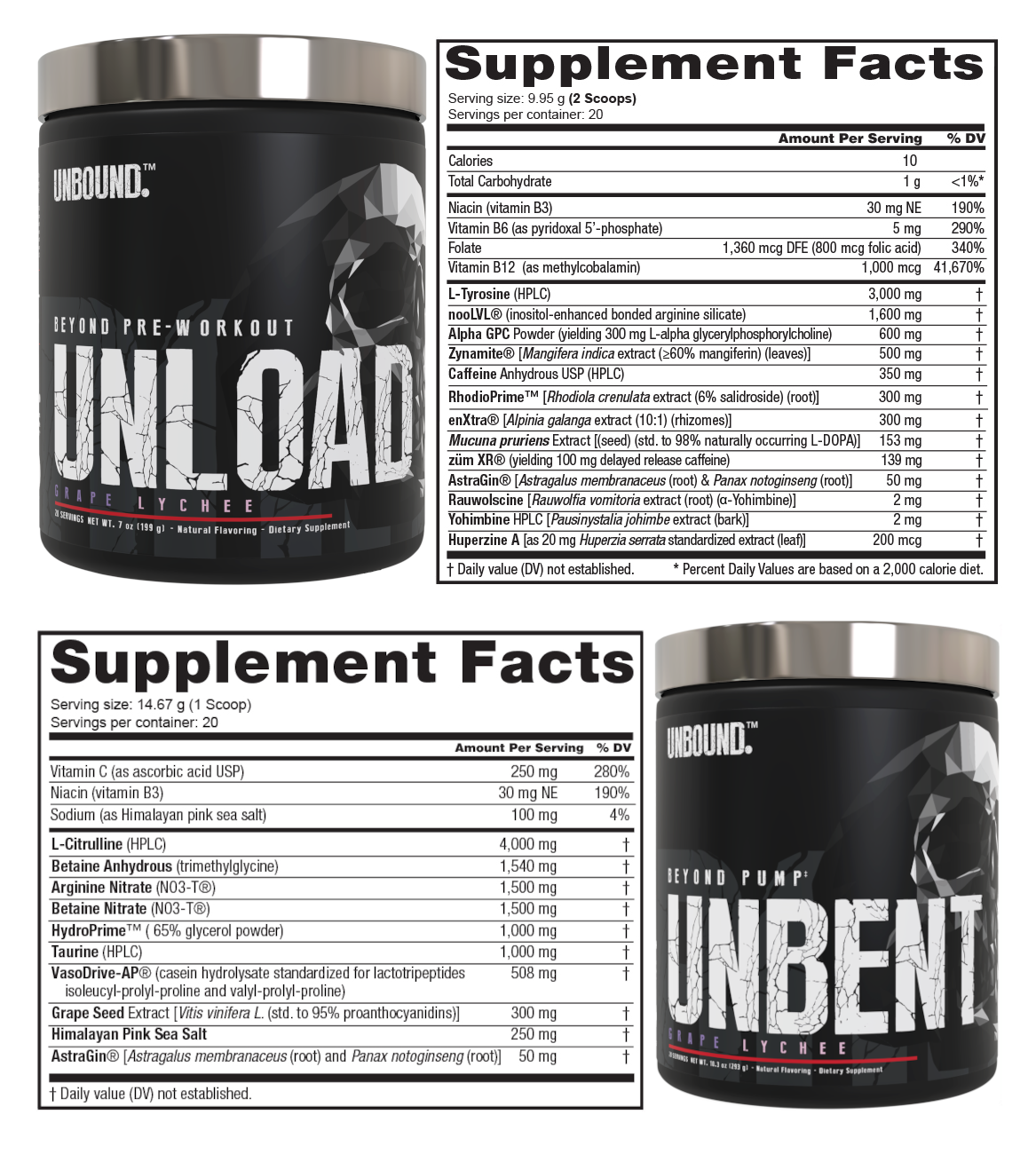
The Unbound Pre Workout Stack, fronted with nooLVL in the UNLOAD high-energy and stim pre workout supplement and the first to use NNB's RhodioPrime 6X, followed by massive pumps in UNBENT, all manufactured at NutraBio Headquarters
At launch, UNBENT came in three extremely unique flavors — grape lychee, mojito, and tangelo. Here are the flavor options currently on the market:
Many would be satisfied by simply getting an insane pump in the gym. But kicking off that effort with a formula that is just as unique and tastes as good as it is effective? That sounds good to us!
Pumped Up & UNBENT
Oftentimes when a newcomer hits the scene, it's their stimulant-powered products that drive their initial popularity. And though Unbound isn't technically a neophyte — it's the brainchild of NutraBio CEO Mark Glazier and his team, and they know a thing or two about sports supplements — the notion still applies. UNLOAD and UNLOCK, Unbound's stim-heavy pre-workout and fat burner, certainly generated a ton of buzz upon their unveiling, and rightfully so. However, the other four formulas are nothing to scoff at, either!
It'd be shortsighted to overlook UNBENT, which has quickly become one of the most powerful non-stimulant pump pre-workouts on the market. Loaded with ingredients that induce muscle pumps through virtually every way possible — nitric oxide-producing agents, natural nitrates, hydration support, and water-based pumps — UNBENT packs everything necessary to yield that pumped-up sensation in the gym.
All you have to do is put in the work. A supplement formulated to #BeUnequaled calls for an individual who is training to #BeUnequaled. Amplify the intensity of your training with the pump-inducing UNBENT.
Unbound Unbent – Deals and Price Drop Alerts
Get Price Alerts
No spam, no scams.
Disclosure: PricePlow relies on pricing from stores with which we have a business relationship. We work hard to keep pricing current, but you may find a better offer.
Posts are sponsored in part by the retailers and/or brands listed on this page.
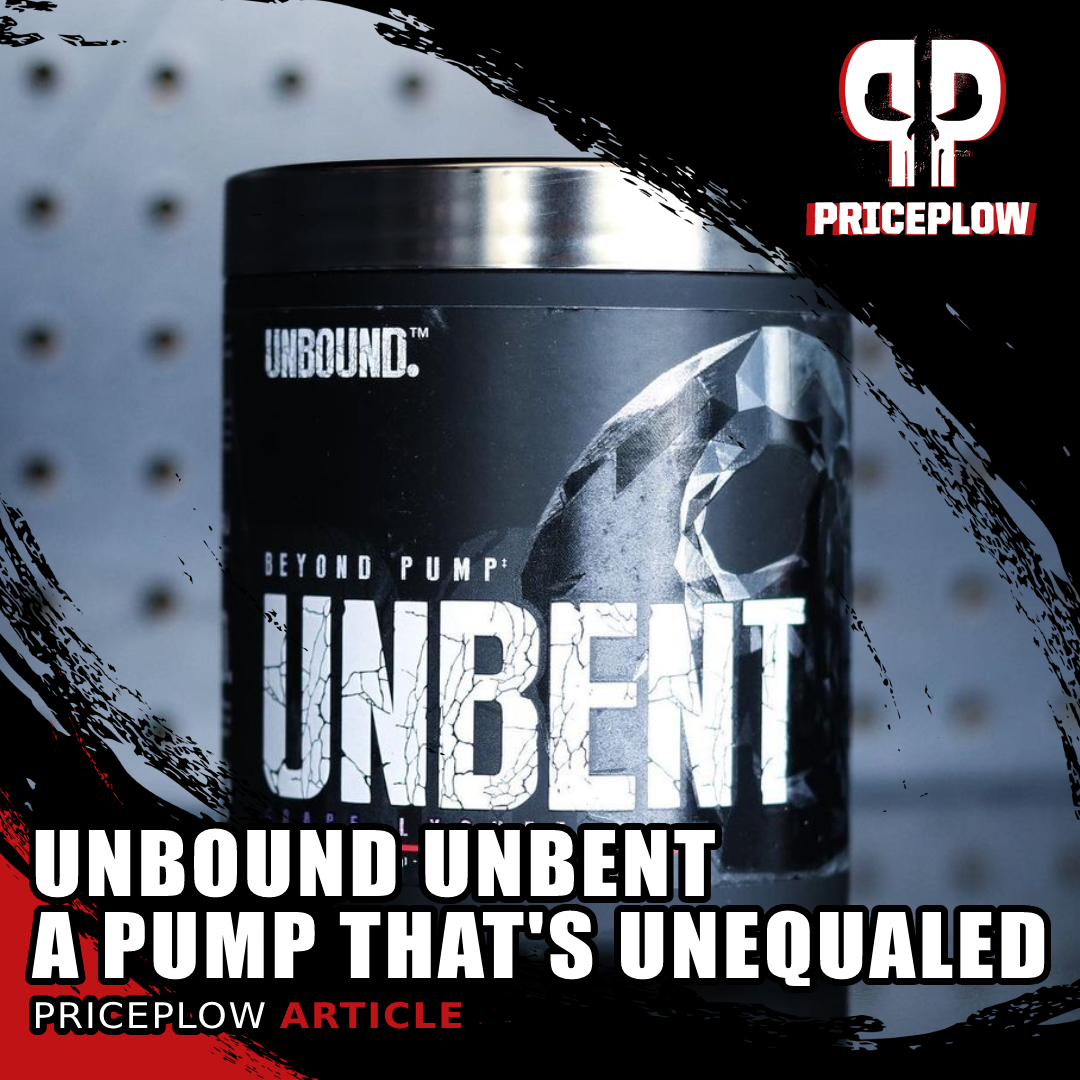

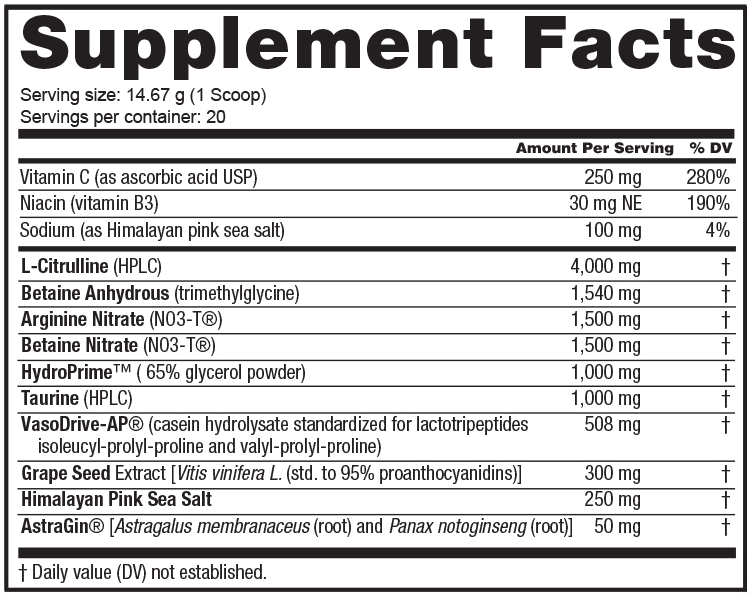
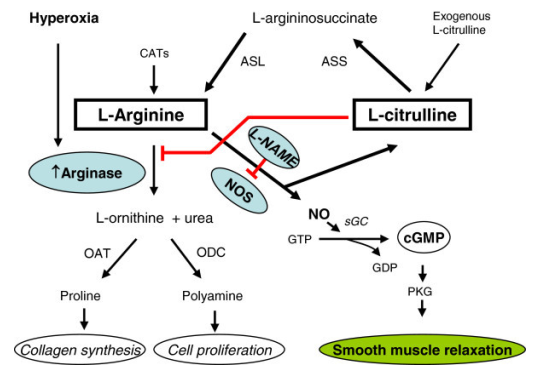
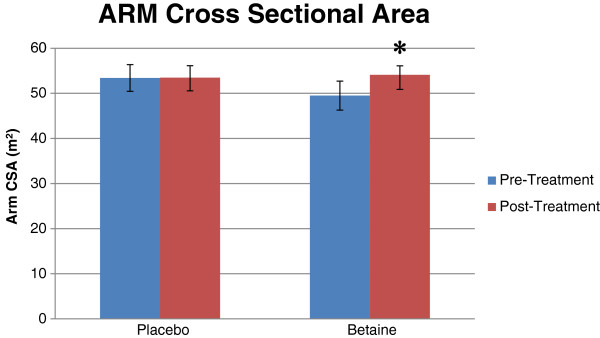
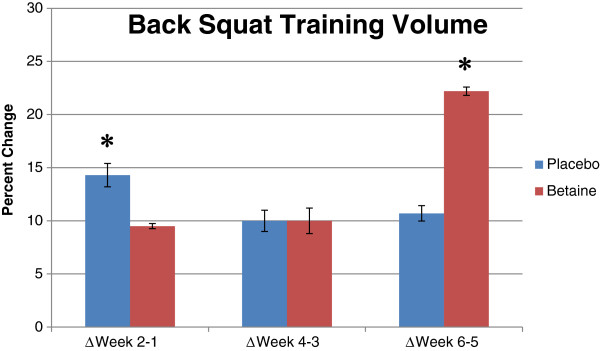

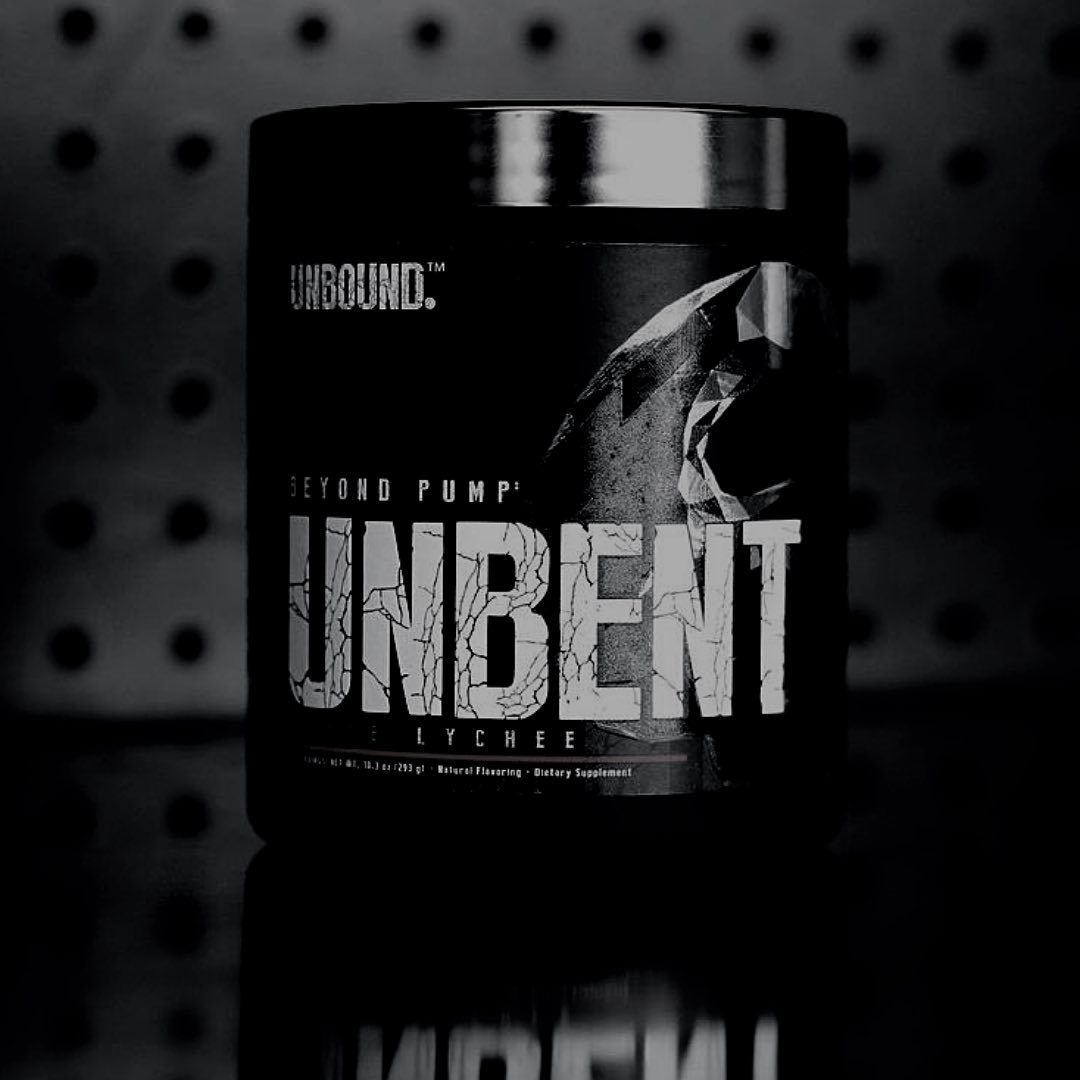

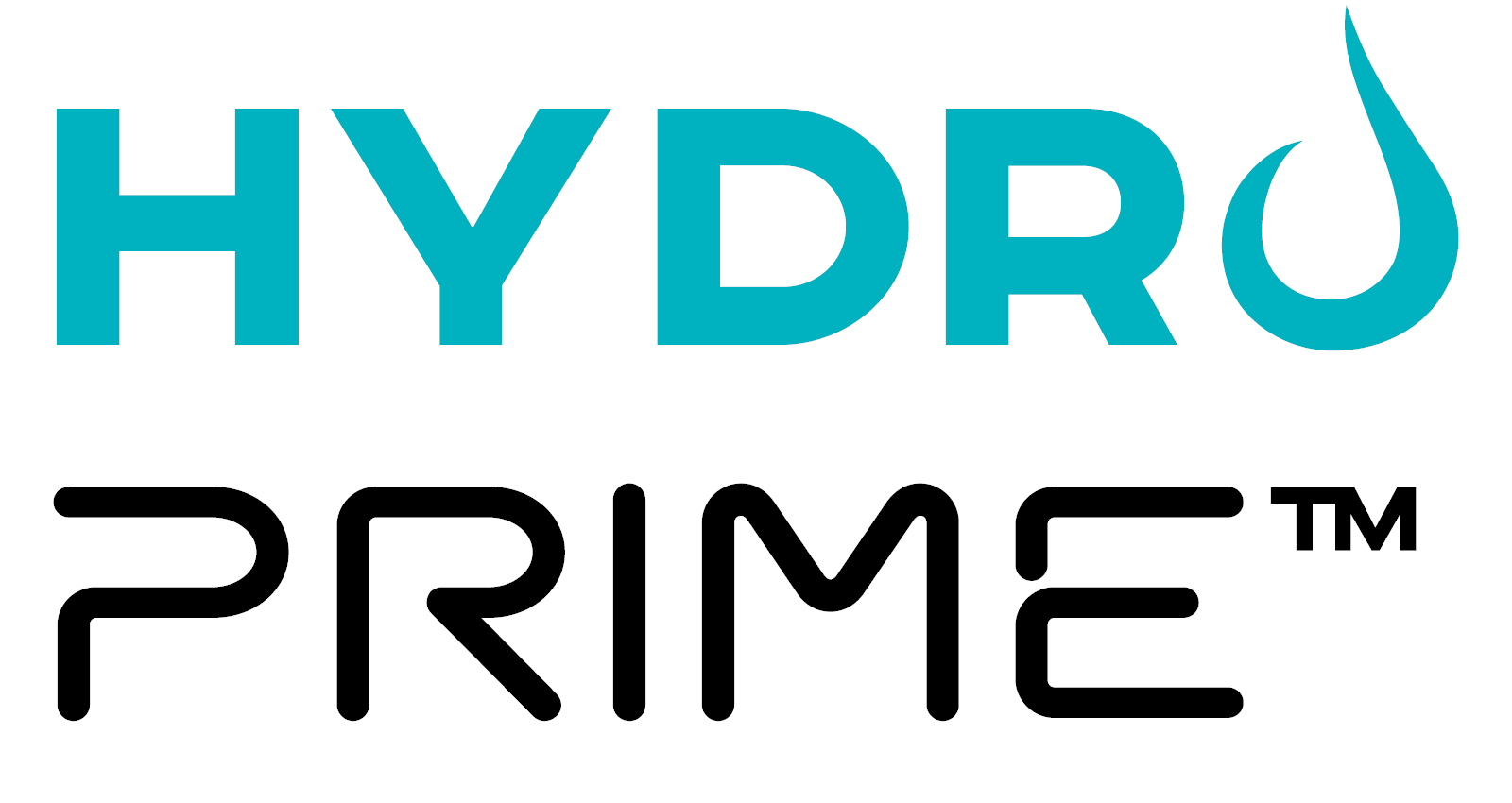
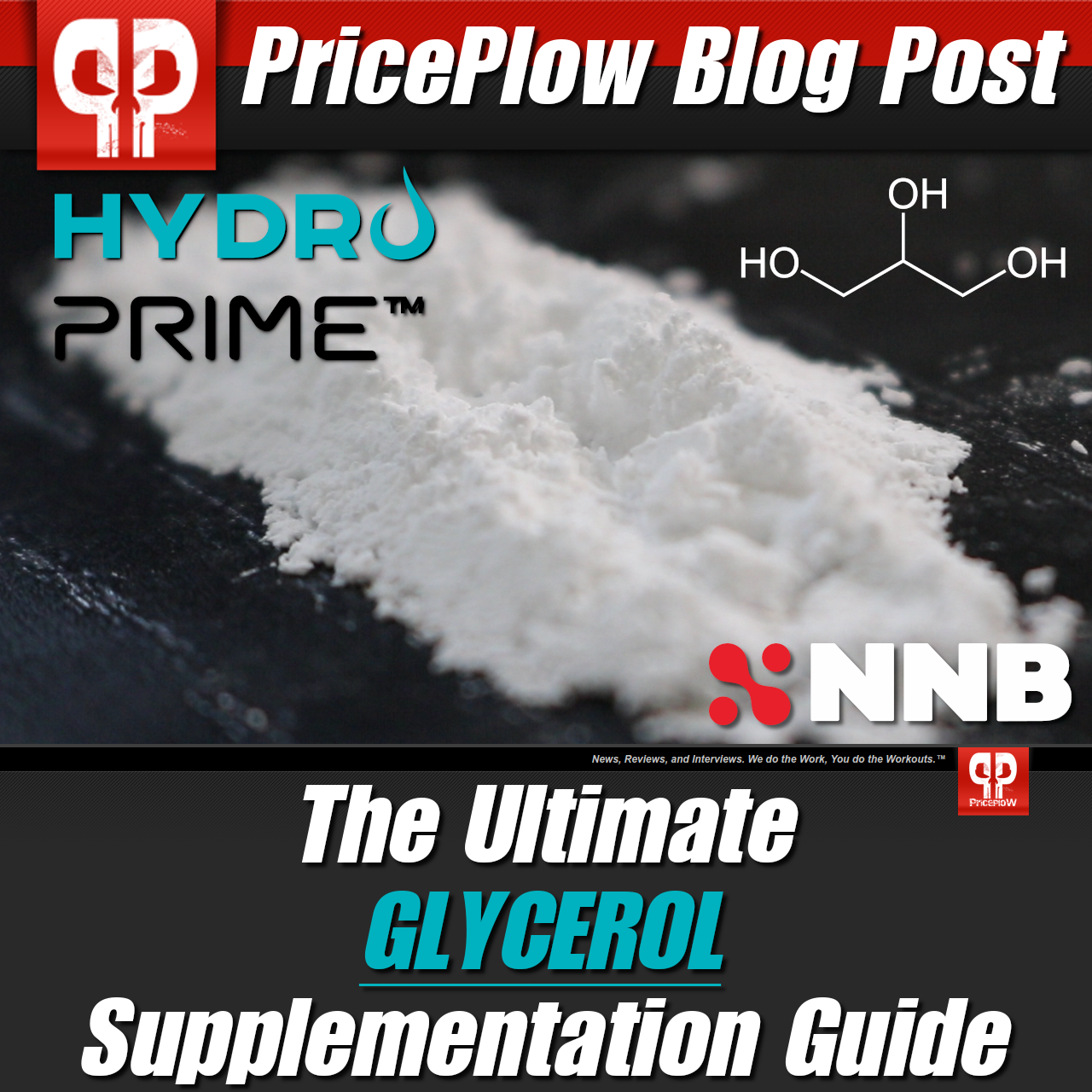
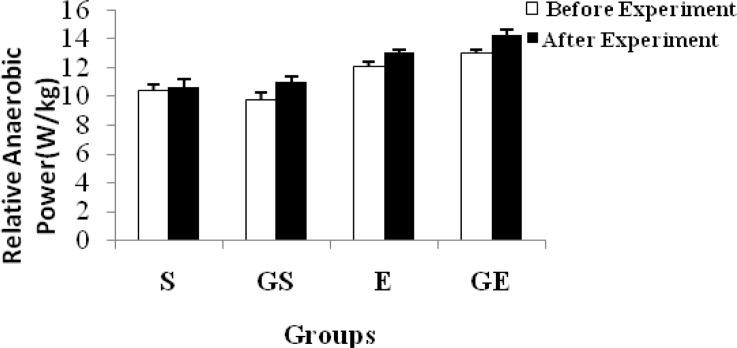
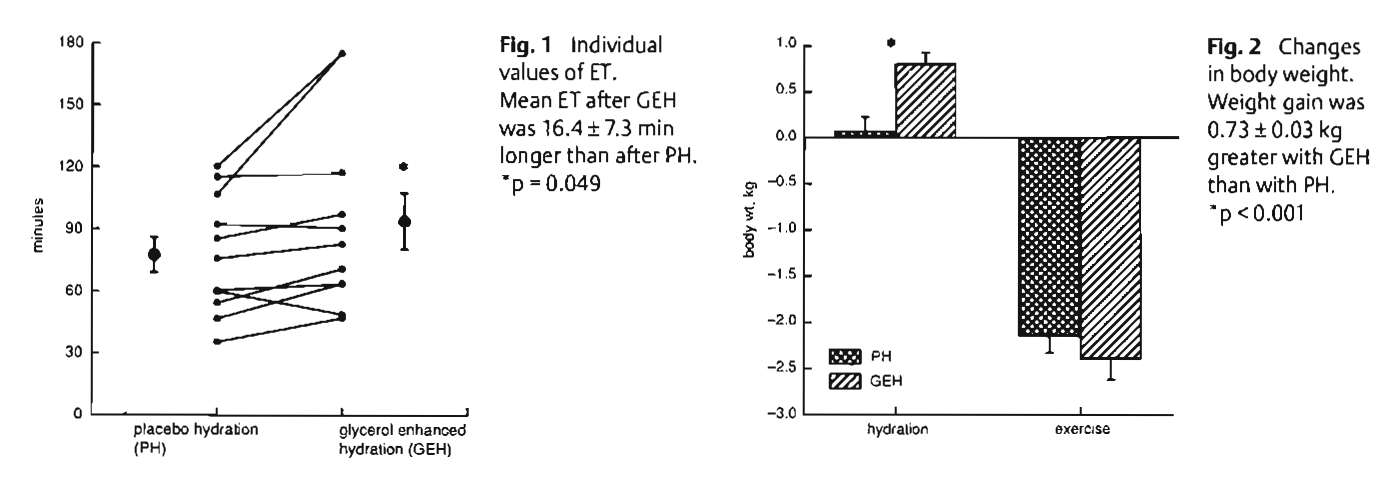
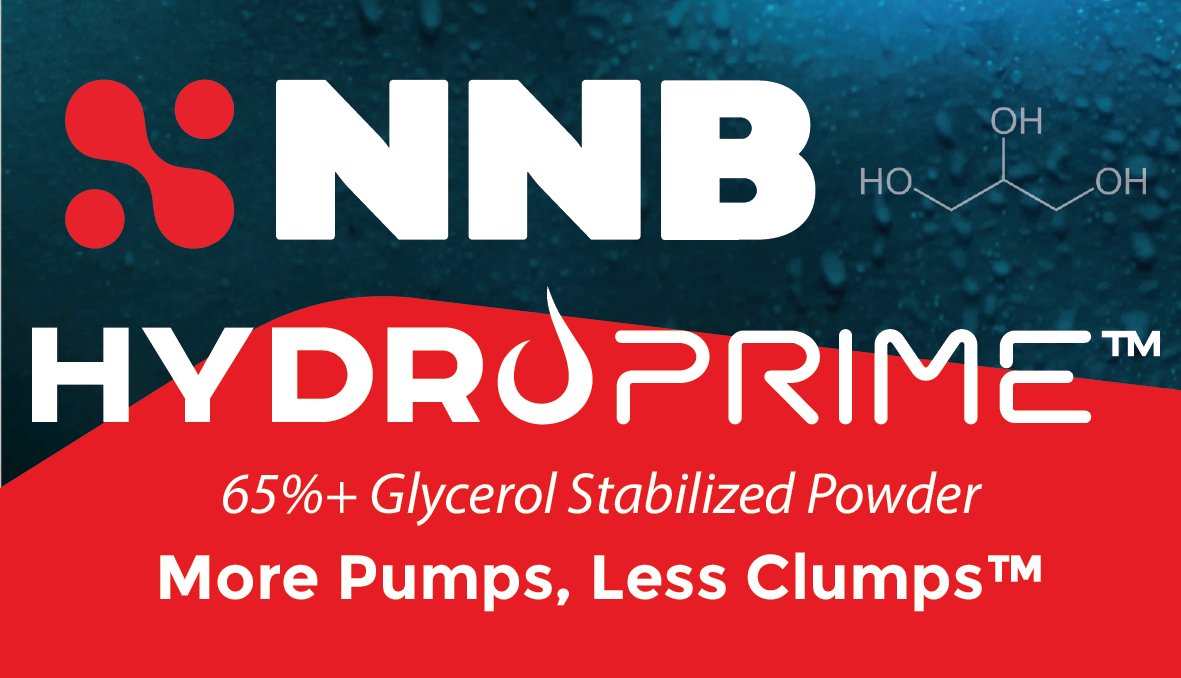

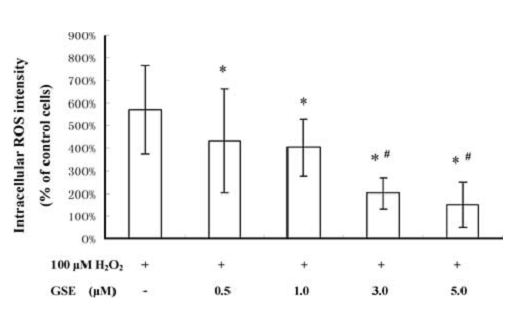
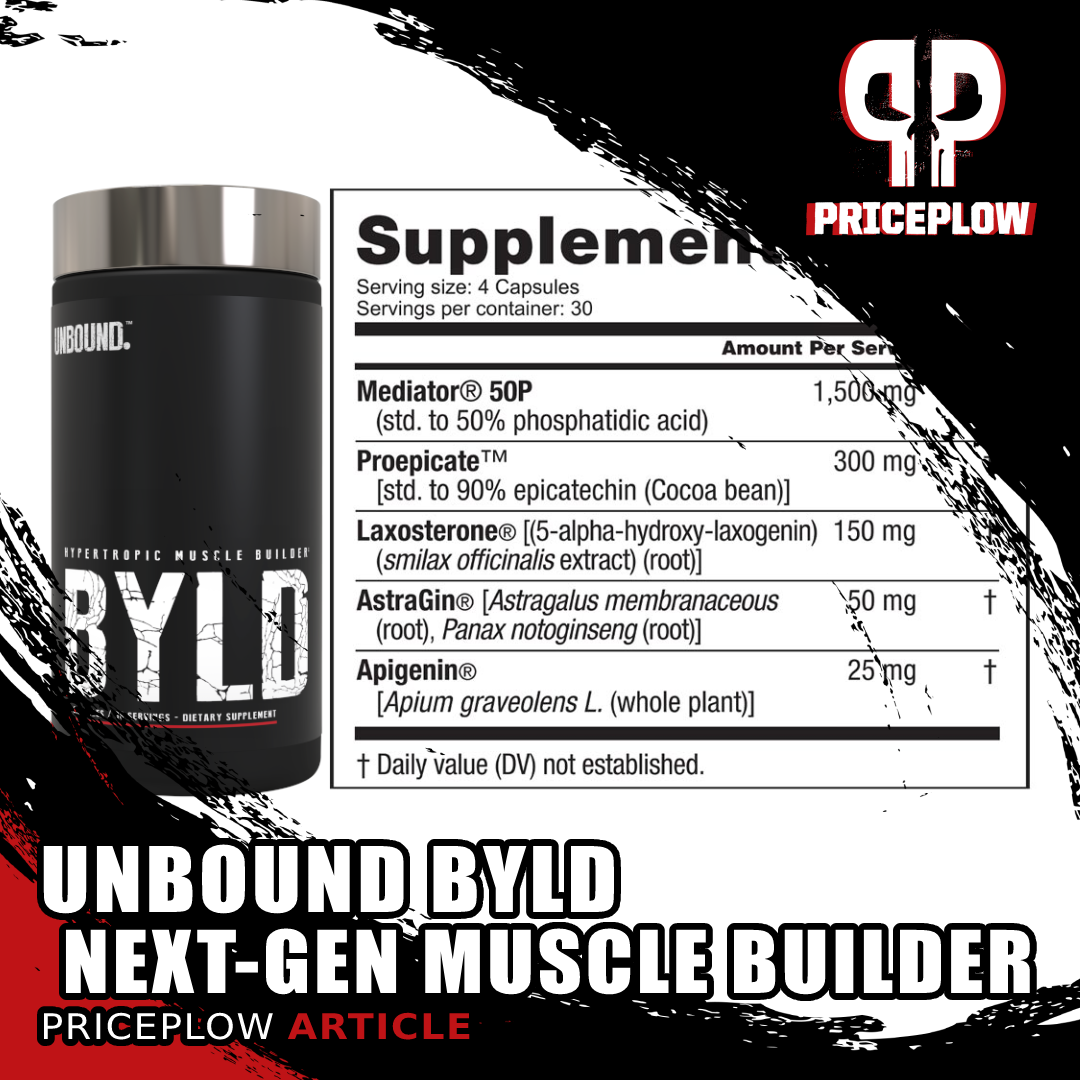
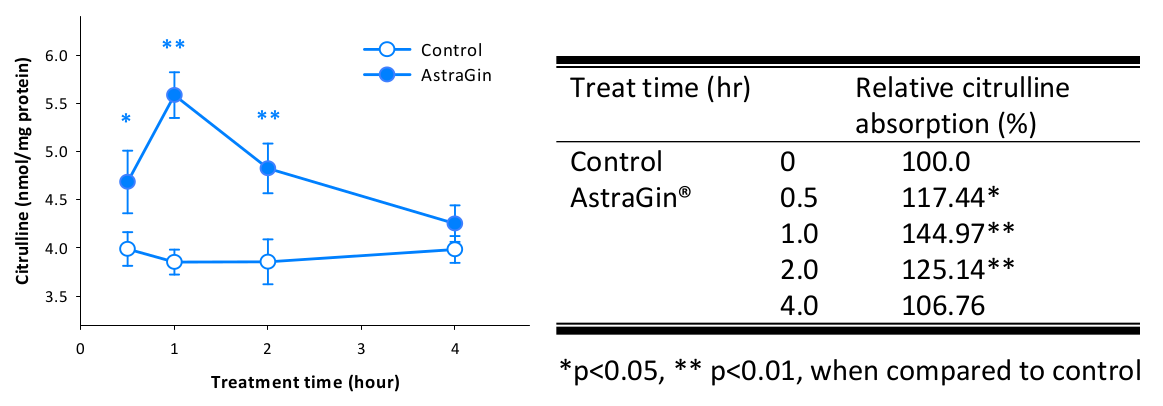


Comments and Discussion (Powered by the PricePlow Forum)